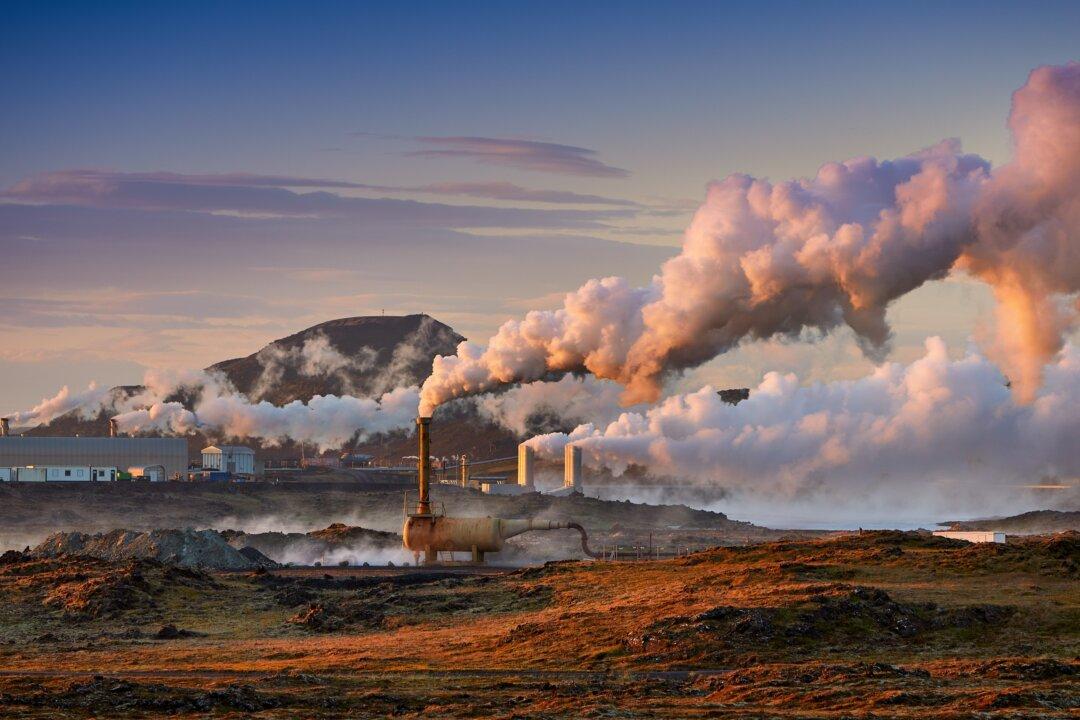Western Australia (WA) will allow companies to probe for potential geothermal hotspots as the state revitalises Australia’s dormant geothermal energy ambitions.
The new acreage release allows applicants to bid for a total of 21 onshore exploration zones across the state, covering a combined area of nearly 82,000 square kilometres—slightly smaller than the island of Ireland.





